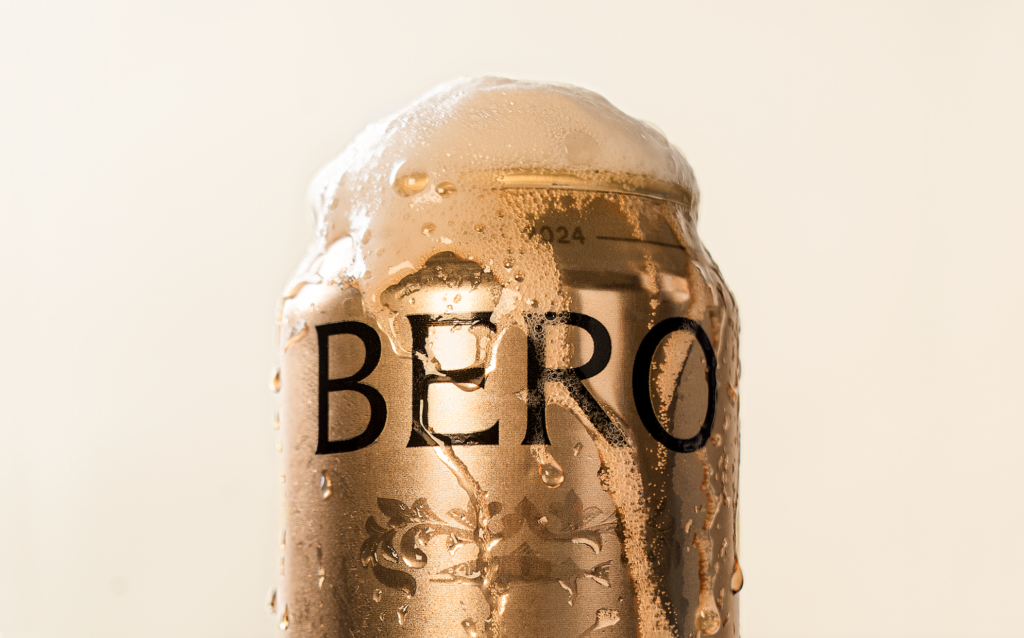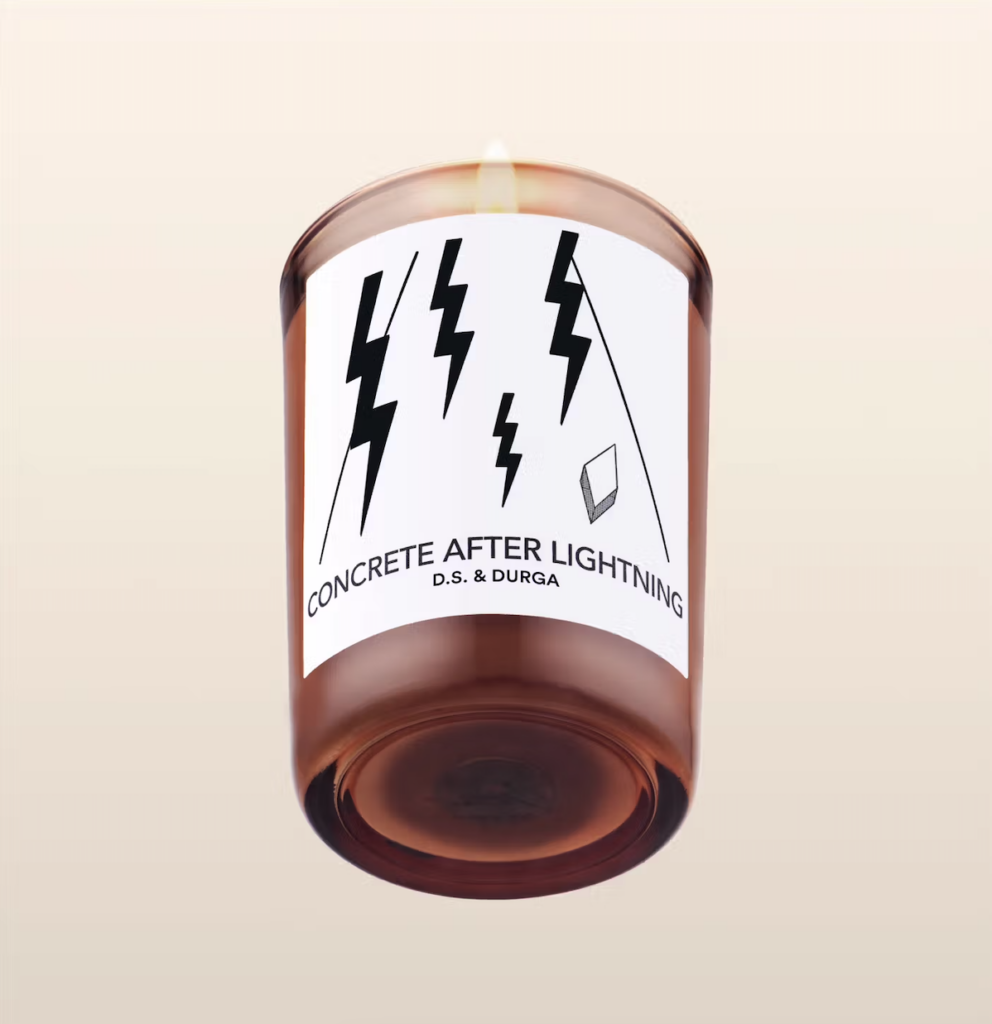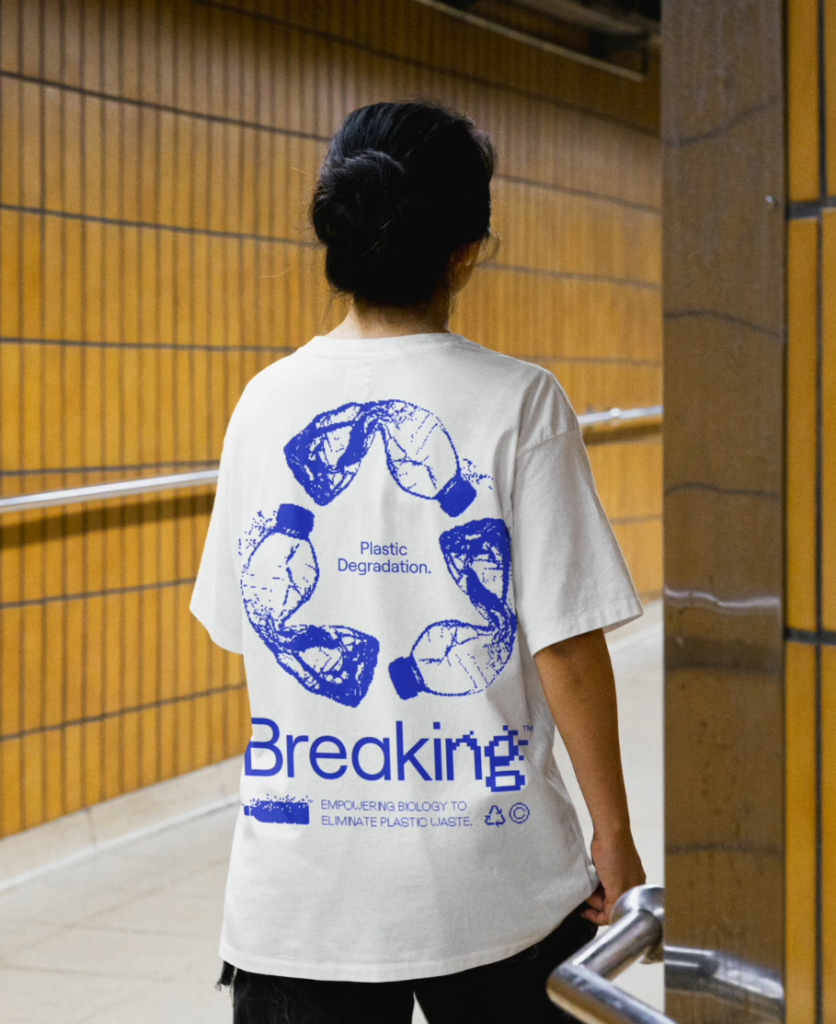Effective brand names have a way of stopping us in our tracks; even if it’s just for a split second. Sometimes that feeling is one of surprise, other times it’s one of amusement, or maybe even a sense of inevitability. They can have an effect on us that’s often hard to articulate.
For founders, marketers and creatives, these personal impressions are often followed by curiosity about how these brands came up with such a great name.
This is our first post in a new series examining some of our favorite recent naming work, whether created by in-house teams or their agency partners. We then pull back the curtain to show how Monika’s name generator — made up of dozens of distinct models and mutations — is capable of arriving at similar solutions.
This feedback loop, which begins with the discovery of captivating brand names and ends with a model or mutation replicating that creative process, is central to the ongoing development of our platform.

Image credit: CENTER Design
Tom Holland has had an incredible rise to fame, and last year we saw his first foray into business beyond the big screen with the launch of BERO: a non-alcoholic beer brand that aims to celebrate moderation without sacrificing pleasure.
The visual identity, crafted by the team at CENTER, certainly deserves its own recognition. But from a naming perspective, what stands out is the disarmingly simple approach that Holland’s team have adopted. They’ve literally taken the two most important things to know about the product (it’s beer with zero alcohol) and slapped it right on the front of the can. And while some have picked at potential pronunciation challenges (is it BEER-O or BEAR-O?), we think the subtle-but-perceptible meaning of the name is what makes it such a success.
While we don’t know their exact thought process in coming up with it, we can speculate. One way they could have arrived at BERO is to have simply taken ‘zero’ and modified the first letter. Our Letter Substitution mutation does just this, replacing the first letter of relevant root terms while ensuring the result is easy to pronounce. And by using the business category listed in the brief to create context for the name, transforming ZERO to BERO would be a likely outcome.
A second path would’ve been to start with ‘beer’ and simply jumble the word in the mind; a process that’s not exactly scientific but one that brand namers are all too familiar with. Brand names like Rivian (from Indian River) or Rolex (from ‘horlogerie exquise’) have adopted similar approaches if their etymology stories are to be believed.
For this we have a mutation which we refer to as Sorta Like, which uses a lexical database to create words — real and unreal — which loosely resemble the root word, in this case, ‘beer.’

Image credit: D.S. & Durga
Based around the concept of ‘Armchair Travel’, D.S. & Durga’s product naming can read like poetry one minute and a bad punchline the next.
Whether it’s the beautifully evocative Big Sur After Rain or Concrete After Lightning, the playful nature of Steamed Rainbow or Cowgirl Grass, or their top-selling fragrance I Don’t Know What, you can’t help but be drawn in by their unconventional approach to naming — one that leaves you eager to pick up a product and have a sniff.
The notion of a name being “cool” is one we frequently dissect, which so often relates to feeling natural and effortless. Randomness certainly gets a name halfway there, and it’s why we’ve designed a number of our models to extract random words and phrases from rich sources like music playlists and novels. We also try more calculated methods:
Our foundational Compound models, for instance, create unexpected but evocative Adjective-Noun and Noun-Noun combinations — the kind that lead to names like Steamed Rainbow or Cowgirl Grass.
And while ‘I Don’t Know What’ might feel like a deeply random name, we’ve built an Idioms model that creates similarly colloquial phrases, outputting extremely distinctive (and usually trademarkable) brand names.

Image credit: Maven Creative
Breaking is a plastic degradation company that leverages synthetic biology to develop solutions for breaking down plastics in an environmentally friendly way. Their approach to naming, developed by the team at Maven Creative, demonstrates how a single, everyday word can effortlessly carry multiple layers of meaning.
‘Breaking’ literally describes what they do, while also nodding to the urgent nature of the environmental crisis the Earth is facing. All in one simple word.
Monika might arrive at such a name using our Verb Metaphor model, which systematically generates verbs that have some relevance to the organization’s business category or brand strategy.
We also strive for these kinds of meaning-rich names with our Dual Meanings model, which specifically looks for words or phrases that have multiple relevant meanings or interpretations.
Each of these three examples demonstrate the sheer creativity of founders, in-house teams and agencies. At Monika, we believe that creatives will always be a critical part of the naming process, whether that’s in creating a brilliant brief, generating names, or applying their hard-earned creative judgment.
Monika streamlines this process, turning the traditional creative sprint into a more efficient collaboration between human insight and systematic exploration, bringing greater efficiencies to agencies and clients as a result.
Watch this space for our next analysis of standout names and the systematic approaches within Monika’s generator that are capable of creating such contenders.
